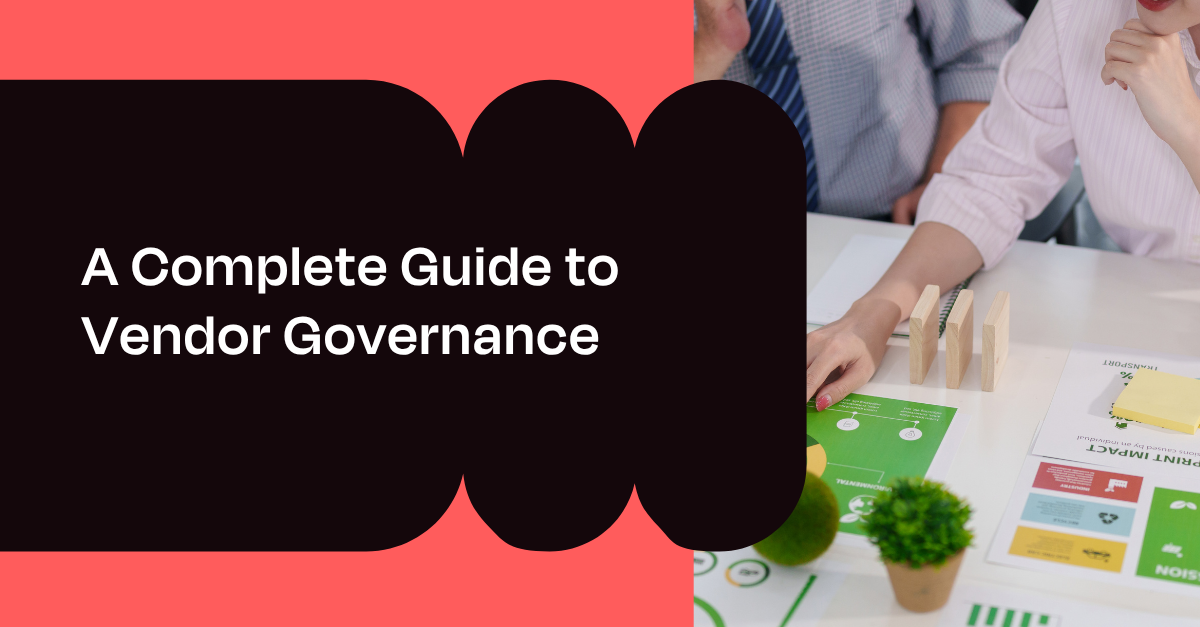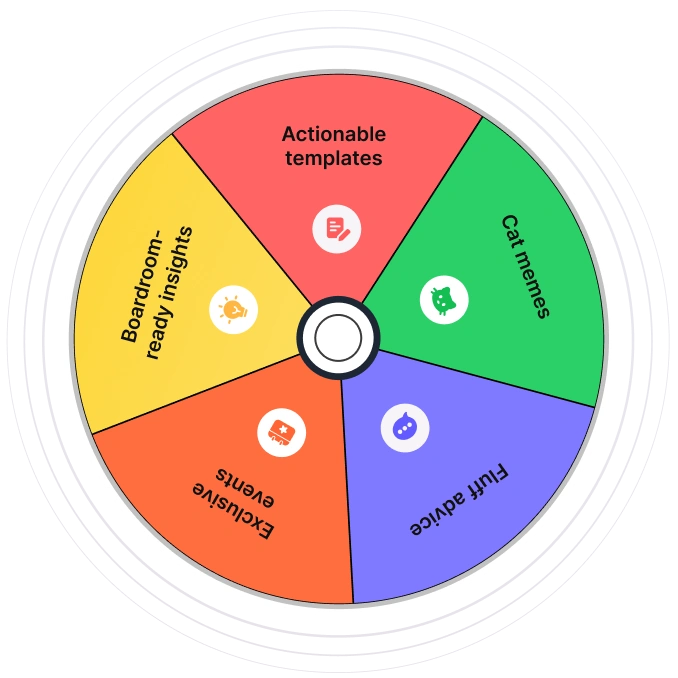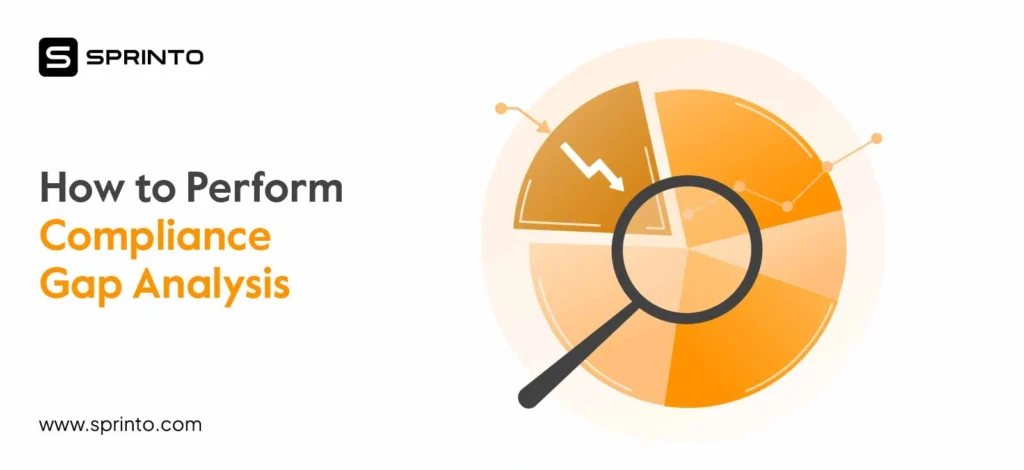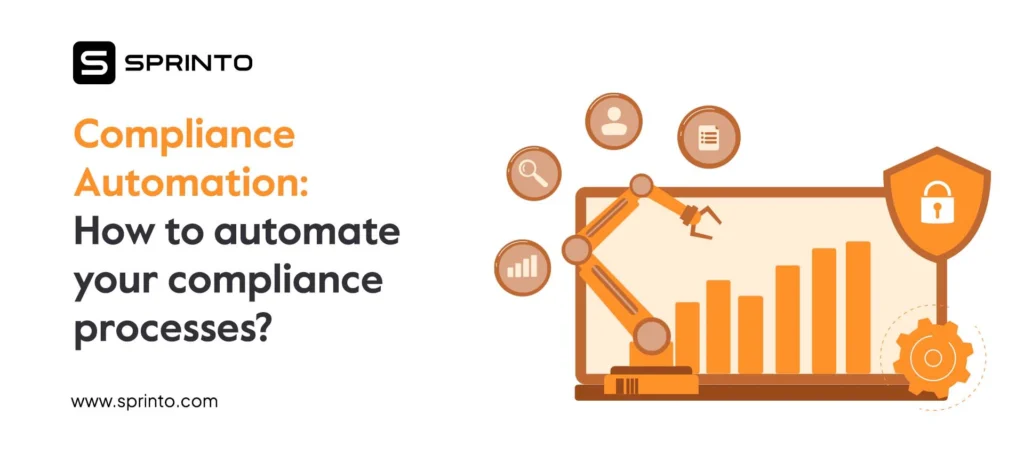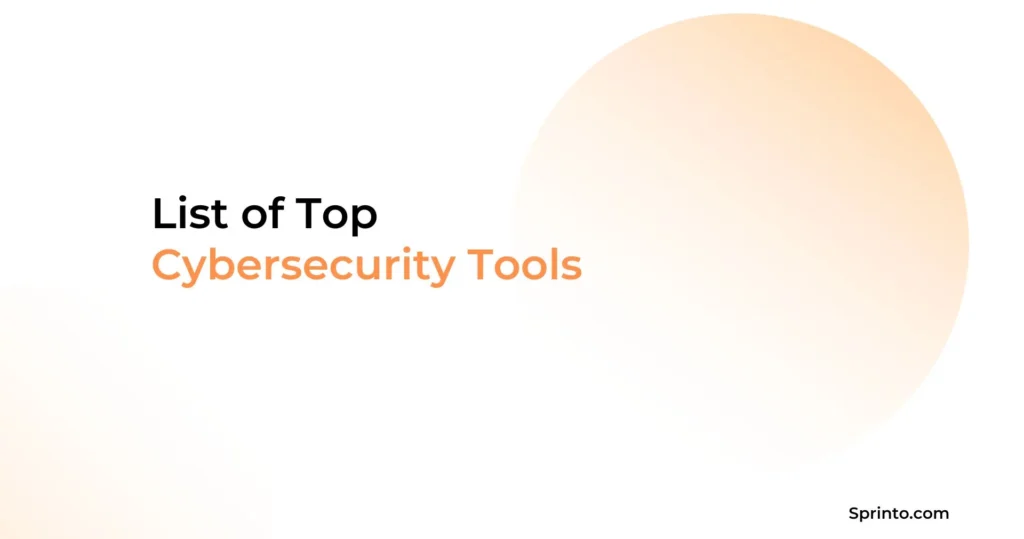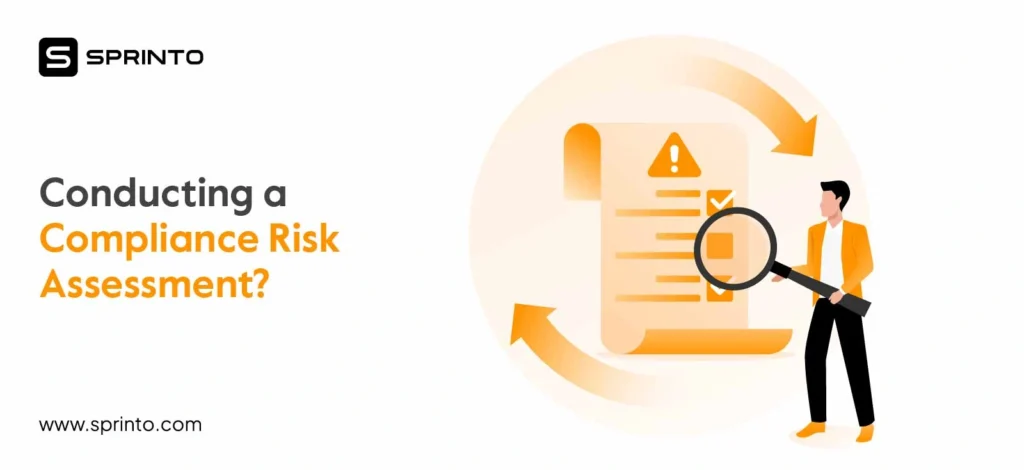The weakest link in a company’s security chain usually wears another company’s logo. Most organizations trust their top 10 vendors. But each of those vendors has 10 of their own. And suddenly, there are hundreds of unseen dependencies touching critical systems and data every week.
Do business leaders know which of those vendors can access customer records? Or which ones quietly rely on subcontractors no one has vetted? Multiply the risk across the supply chain, and the fragility becomes obvious.
That’s why “we carefully vet our vendors” doesn’t work as a governance strategy. Vendor governance is how you build oversight responsibility, and operational resilience.
- Vendor governance ensures every third-party relationship aligns with your organization’s risk appetite, compliance needs, and business goals.
- It builds structured oversight through defined ownership, review rhythms, and accountability—so no vendor risk slips through the cracks.
- Strong governance frameworks classify vendors by risk tier, enforce clear policies, and connect performance, contracts, and compliance in one system.
- Manual tracking via spreadsheets and emails can’t scale as vendor networks grow.
- Automated tools enable continuous monitoring, live risk scoring, and instant alerts for faster, data-driven decisions.
- The payoff: fewer blind spots, better resilience, and higher stakeholder trust.
What is vendor governance?
Vendor governance is the strategic framework that ensures every third-party relationship aligns with your organization’s compliance requirements and business objectives throughout the entire vendor lifecycle. Modern vendor governance is about creating visibility and control that scales with your growth.
When you have 100+ vendors (and all their subprocessors), spreadsheet management becomes impossible.
You need systematic approaches that scale with your vendor ecosystem while maintaining the agility to onboard strategic partners quickly when opportunities arise.Vendor governance creates that systematic oversight through defined controls and accountability.
You build a vendor governance framework by establishing who owns each vendor relationship, setting reporting frequencies that match risk levels, determining what triggers escalations, and how you will respond.
Your marketing automation tool’s API key just got leaked on GitHub, but nobody knows which systems it can access because three different teams integrated it without telling security. Good governance means seeing where the blast radius ends and who owns the response.
What is the goal and purpose of vendor governance?
Simply put, the goal of vendor governance is to know which vendors can hurt you and to stop them from doing so.
Its purpose is simple: protect operations and stay compliant. Every vendor and sub-vendor with access to your systems represents potential risk. Vendor governance identifies these risks before they become incidents.
If you don’t know your vendor’s financial stability, security controls, incident history, and subcontractor chain, you’re flying blind. And when an audit or regulator comes knocking, “it was our vendor’s fault” won’t cut it.
In short, vendor governance is about never being blindsided by a vendor’s compliance failure or service disruption.
Your governance framework serves these critical purposes:
- Protect your risk posture: Systematically identify and mitigate third-party risks before they materialize.
- Define ownership responsibility: Establish who owns each vendor relationship, who’s accountable for results delivered, and how performance gets measured through KPIs (uptime, incident response, control effectiveness).
- Meet compliance requirements: Maintain documented assessments, reviews, and evidence for every critical vendor to stay aligned with SOC 2, ISO 27001, HIPAA, GDPR, and other frameworks.
- Create review rhythms: Set reporting frequencies based on risk levels and specify how results get reported up the chain.
- Build response playbooks: Define exactly what actions trigger when issues surface from minor SLA breaches to critical security failures, teams can act immediately.
- Drive strategic value: Use governance to deepen integrations and ensure vendor relationships actively support your long-term business goals.
Manual oversight methods such as Excel trackers, SharePoint folders, email chains are possible, but they’re slow and error-prone. They don’t scale when you’re managing 100+ vendors.
Vendor governance vs vendor management: What is the difference?
Vendor management is about today, you track invoices, check SLAs, and resolve tickets. Vendor governance sets the game’s rules for tomorrow by ensuring the right vendors are in place, aligned with your risk posture and business goals.
| Aspect | Vendor governance | Vendor management |
| Focus | Strategic oversight and control | Day-to-day operations |
| Scope | Defining vendor risk categories, creating performance review cycles, setting policy enforcement levels, and escalation processes | Tracking invoices, monitoring SLA adherence rate, and resolving service issues |
| Approach | Proactive: prevents issues through structured oversight | Reactive: addresses issues as they arise |
| Key Question | “Do we still need this vendor, and are they aligned to our risk posture?” | “Is this vendor meeting their SLAs?” |
Simple example: Management ensures your payroll SaaS delivers paychecks on time. Governance asks whether the vendor’s security controls are strong enough to handle sensitive employee data.
Benefits of the vendor governance process
When done right, vendor governance delivers tangible business outcomes:
1. Faster decision-making
Deals will move faster when your governance committees have clear charters and decision rights. For example, a mid-tier SaaS contract doesn’t need to sit on the CFO’s desk if policy says Director-level approval is enough.
2. Proactive risk management
Remember when Target’s HVAC vendor caused a 40 million customer records breach? With risk management systems integrated into governance, you spot concentration risks before they become dependencies.
3. Stronger security posture
Stay ahead of data breaches, compliance failures, and vendor financial instability. Having automated systems in place will give you early warning signals, like when your payment processor’s security score drops.
4. Protecting your reputation
Vendors are an extension of your business. When they mess up, customers will blame you. Strong governance ensures their compliance becomes your competitive advantage.
5. Faster onboarding
Structured governance processes keep internal teams focused on delivery and reduce back-and-forth.
6. Cost savings
Transparent reporting reveals the obvious, like three departments paying for separate instances of the same tool, or that “critical” vendor charging premium rates, who hasn’t logged in for six months.
7. Stakeholder trust
Your board trusts that vendor risks are managed. Regulators see mature third-party controls. Customers know their data is protected throughout your supply chain. Everyone sleeps better.
As vendor ecosystems expand, spreadsheets and static reviews can’t keep up. Sprinto automates vendor governance across onboarding, risk scoring, and continuous monitoring, giving you full visibility into every vendor, sub-vendor, and dependency in one place. Build oversight that scales without slowing down business.
Vendor governance structure: The key elements
Strong vendor governance rests on four pillars. Each addresses a different part of the oversight challenge:
1. Foundation Layer
This is where you set the rules of engagement.
- Categorize vendors by risk: critical infrastructure providers need deeper oversight than commodity suppliers.
- Define clear policies: spell out who approves vendors by tiers, what evidence is required (e.g., SOC 2 Type II, penetration test reports), and consequences for missed deadlines.
- Plan exists upfront: specify data return formats, set 30-day transition protocols, and require vendors to wipe backups after termination securelyto securely wipe backups after termination.
2. Governance Bodies
Governance works best when responsibility is distributed. Instead of leaving everything to procurement or security, form committees or task forces based on expertise and risk.
- An executive steering group sets direction and handles escalations that could hit revenue or reputation.
- A vendor risk team reviews high-risk vendors monthly and signs off on new vendor onboarding.
- An operational review team meets weekly to triage SLA breaches or day-to-day frictions.
Example: If your cloud hosting provider suffers a three-hour outage, the operational team logs the impact (customer portal down for 11,000 users, 320 failed transactions), works with IT to validate failover procedures, and pushes the vendor for an RCA within 24 hours.
The steering group, meanwhile, evaluates whether contractual SLAs and financial penalties are sufficient or whether the vendor strategy needs to include multi-cloud or regional redundancy.
3. Continuous Monitoring
Move away from once-a-year checklists. Build real-time visibility with:
- Check security posture regularly: keep tabs on vendor security ratings and certifications so you know when they lapse
- Watch financial health: sudden drops in credit ratings or capital changes are early warning signs
- Verify compliance status: Get alerts when they expire
- Use live dashboards: put performance metrics (like SLA adherence or incident counts) in one place so issues are spotted and acted on early
4. Communication Architecture
Finally, ensure information flows cleanly across procurement, legal, IT, and business units. Escalation paths should be clear and fast so that when issues arise, the right people are looped in immediately and decisions aren’t delayed.
Example of a vendor governance model example
A structured governance model is one effective way to tame vendor risk. The goal isn’t more processes; it’s a system that ensures vendors strengthen resilience and build trust by proving they are monitored, measured, and under control.
Here’s what that model can look like:
1. Sourcing & selection
- All vendors over $50K require competitive bidding (RFP/RFQ)
- Direct sourcing is allowed only for: sole providers, renewals under 10% increase, or emergencies
- The selection committee must include: business owner, procurement, and security (for any vendor touching data)
2. Risk-based tiering
| Tier | Examples | Approval | Oversight & Reviews |
| Tier 1 (Critical) | Core banking, cloud infra | Board | Monthly performance reviews, continuous monitoring |
| Tier 2 (High) | CRM systems, data analytics, and cybersecurity tools | VP | Quarterly reviews, automated security monitoring |
| Tier 3 (Medium) | Marketing tools, HR systems, non-critical SaaS | Director | Semi-annual reviews, self-assessments |
| Tier 4 (Low) | Office supplies, training providers, subscriptions | Manager | Annual attestation only |
3. Contract & performance management
- Clear SLAs with financial penalties (e.g., uptime below 99.9% triggers a 10% monthly service credit)
- 30-day breach notification requirement with $100K penalty for delays
- Right-to-audit clause exercisable with 30 days’ notice
- Subprocessor approval requirements for Tier 1-2 vendors
- Defined exit terms: 90-day data return, transition support obligations
4. Monitoring triggers
- Security score drop (below 600) → Immediate risk review
- M&A activity → Re-assessment within 14 days
- SLA breach → Escalation to operational review board
- Regulatory action against vendor → Executive escalation same day
- Financial indicator warning → Enhanced monitoring protocol
5. Governance rhythm
- Weekly: Operational issues reviewed, cure notices tracked
- Monthly: Tier 1 vendor performance, new vendor approvals
- Quarterly: Risk committee reviews all Tier 1-2 vendors, policy updates
- Annually: Full vendor portfolio review, competitive rebidding for contracts >$500K
Implement vendor governance in your organization with Sprinto
Manual governance is slow, messy, and always too late.
You’re three months from a SOC 2 audit. The auditor wants vendor risk assessments, continuous monitoring, and documented reviews for every critical vendor.
You know what needs to be done.. You just can’t do it without an army of analysts or grinding operations to a halt.
Sprinto eliminates that execution gap.
- Get audit-ready for major frameworks (SOC 2, ISO 27001, HIPAA, GDPR) in weeks.
- Manage all vendor controls, assessments, and evidence from a single dashboard.
- Replace scattered spreadsheets with automated alerts, reminders, and continuous monitoring.
Sprinto automates the tedious work so your team can do the critical work: protecting resilience. Compliance follows resilience. Reputation follows both.
FAQs
1. How does vendor governance impact compliance?
It decides your compliance status. Regulators don’t care if it was “just a vendor.” Strong governance enforces continuous monitoring, contractual accountability, and documented oversight.
2. What industries require strict vendor governance?
Financial services, healthcare, and government contracting face the strictest requirements. But if you handle sensitive data, you need robust vendor governance today. The only question is how mature yours is.
3. What is the difference between vendor governance and vendor policy?
Policy is the rulebook. Governance is the system that makes sure the rules are followed. It’s about clear oversight responsibility, who owns the risk, enforces it, and gets called when things go wrong.
Sucheth
Sucheth is a Content Marketer at Sprinto. He focuses on simplifying topics around compliance, risk, and governance to help companies build stronger, more resilient security programs.
Explore more
research & insights curated to help you earn a seat at the table.



